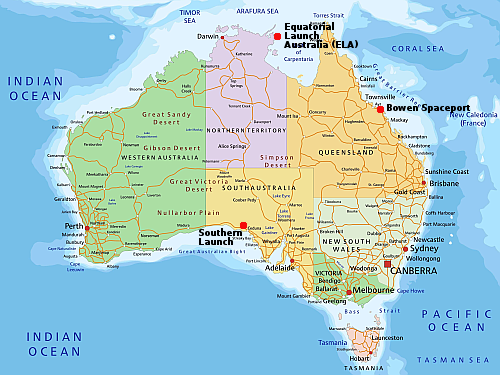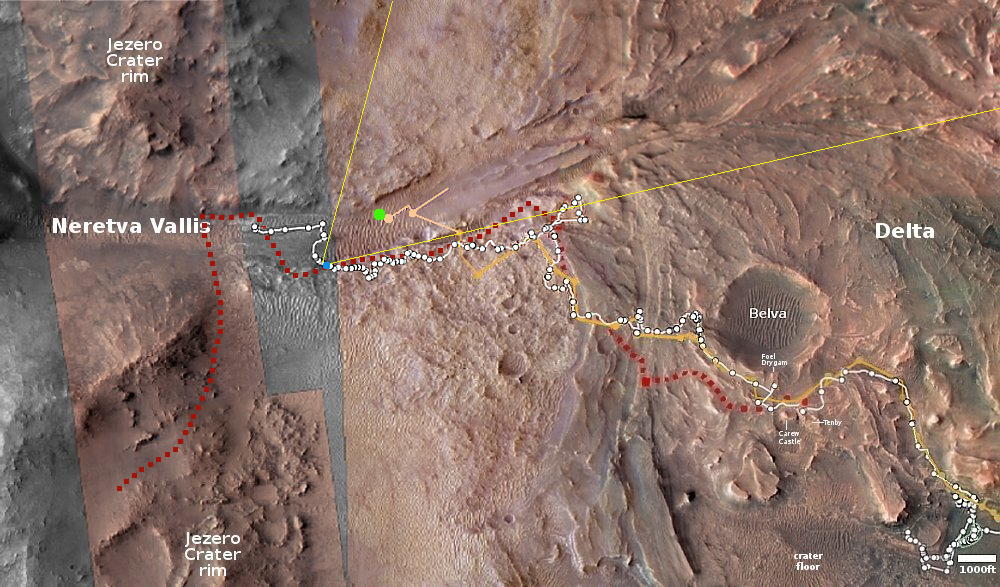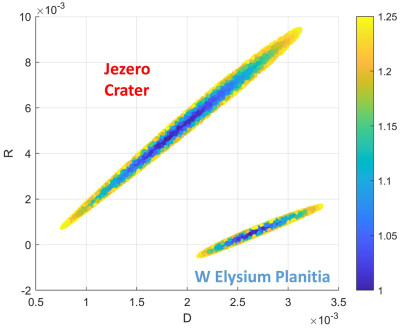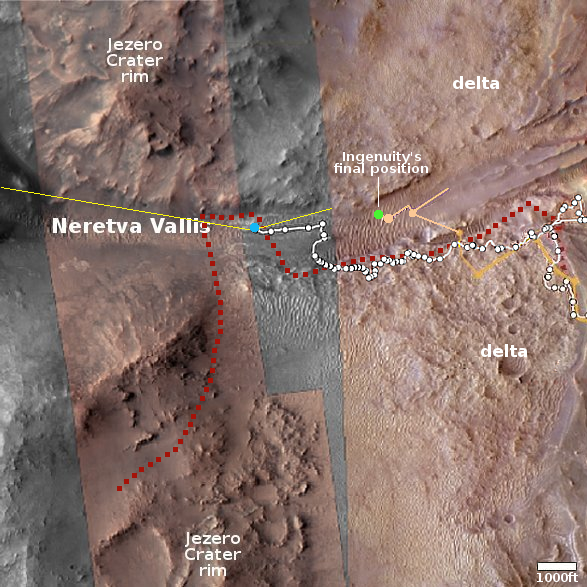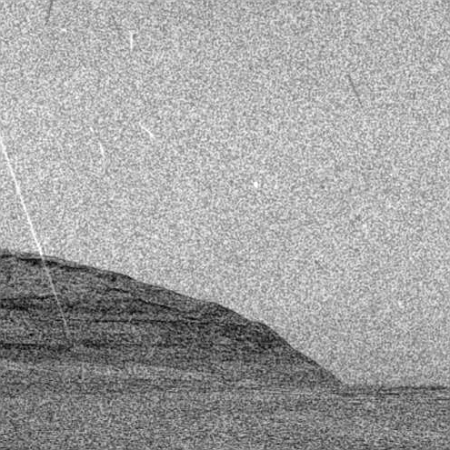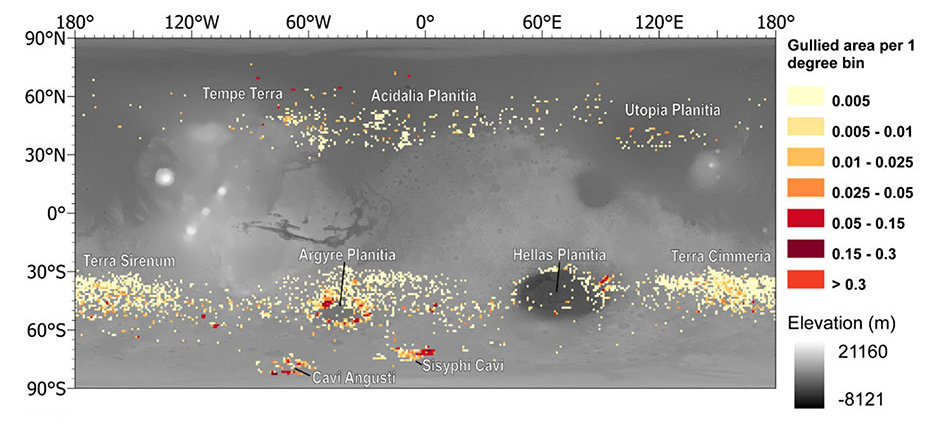Webb produces false color infrared image of the Crab Nebula
The false-color infrared picture to the right, reduced and sharpened to post here, was taken by the Webb Space Telescope of the Crab Nebula, located 6,500 light years away and created when a star went supernova in 1054 AD, in order to better understand its make-up and origins. From the caption:
The supernova remnant is comprised of several different components, including doubly ionized sulfur (represented in green), warm dust (magenta), and synchrotron emission (blue). Yellow-white mottled filaments within the Crab’s interior represent areas where dust and doubly ionized sulfur coincide.
The spectroscopic data from this infrared observation has in fact increased the puzzle of the Crab’s origin. Previously the data suggested the supernova that caused it was one type of supernova. This data now suggests it could have been a different type, without precluding the possibility of the first.
“Now the Webb data widen the possible interpretations,” said Tea Temim, lead author of the study at Princeton University in New Jersey. “The composition of the gas no longer requires an electron-capture explosion, but could also be explained by a weak iron core-collapse supernova.”
You can read the published science paper here [pdf].
The false-color infrared picture to the right, reduced and sharpened to post here, was taken by the Webb Space Telescope of the Crab Nebula, located 6,500 light years away and created when a star went supernova in 1054 AD, in order to better understand its make-up and origins. From the caption:
The supernova remnant is comprised of several different components, including doubly ionized sulfur (represented in green), warm dust (magenta), and synchrotron emission (blue). Yellow-white mottled filaments within the Crab’s interior represent areas where dust and doubly ionized sulfur coincide.
The spectroscopic data from this infrared observation has in fact increased the puzzle of the Crab’s origin. Previously the data suggested the supernova that caused it was one type of supernova. This data now suggests it could have been a different type, without precluding the possibility of the first.
“Now the Webb data widen the possible interpretations,” said Tea Temim, lead author of the study at Princeton University in New Jersey. “The composition of the gas no longer requires an electron-capture explosion, but could also be explained by a weak iron core-collapse supernova.”
You can read the published science paper here [pdf].


